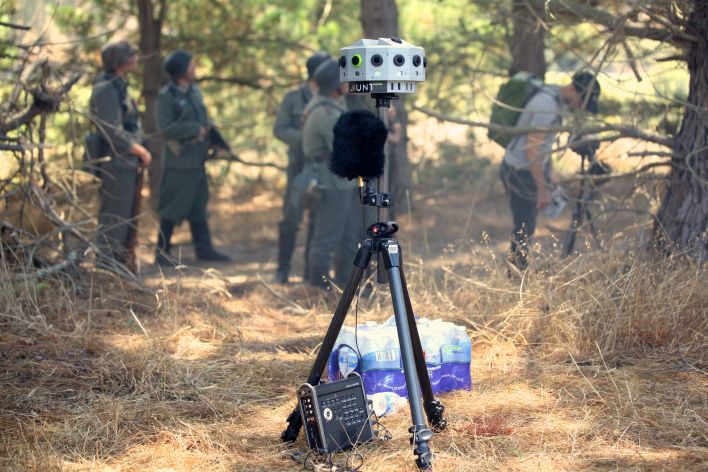Big changes are coming for mobile devices. Samsung has already released new technology in its Galaxy mobile line-up, and this September, Apple will announce a new iPhone that will no doubt be its most exquisite piece of technology to date. Which leaves a simple question – are we due for a change in the way we play casual games
The iPhone 6 is rumored to to be arriving in two models, with a 4.7 and a 5.5 inch screen size, which would make it bigger than previous devices and a little harder to hold in one hand. For those of you who are used to playing one-handed games while keeping the other one free, it may require you to have a bit of a tighter grip, lest risk dropping your expensive device on the ground.
Bennett Foddy, a gamemaker who worked on the Flash-based game QWOP and its recent iPhone version, started up such a discussion on Twitter, believing that a larger iPhone model would, in fact, be a critical error. “I don’t really care as a consumer, mind you,” he said. “But it matters to me as an iOS game developer, where it’s just going to be a design nightmare.”
Fragmentation plays a big part with some of these games’ design, according to Foddy. “At the most basic level, good game design is concerned with the micro details of interactions,” he said. “How does it feel if I put this button 1.2 inches from the edge of the screen instead of 1.1 Does it feel nice and natural to swipe my finger in this particular arc ”
Today, though, designers are required to expand their experience to more than one screen, as part of tactile fine-tuning that could lead to profits. Larger iPhone screens could easily complicate this process, and make games like Threes and Ridiculous Fishing a bit harder to play, he believes.
“Knowing that someone can touch most of the screen with one hand, you can design apps or games that live in the busiest parts of a person’s life,” Foddy says. “On the train, or at the bank, I can play Flappy Bird or Threes or Letterpress, but I can’t play a 3-D shooter.”
The larger screen would also add to the difficulty, Foddy believes. “If I make an app in portrait orientation, I have to assume half my customers will be holding it with two hands,” Foddy says. And if he wanted to make a game explicitly designed for one hand, “I basically have to give away a large portion of the market.”
Foddy isn’t the only one concerned about the new designs. The creator of Threes, Asher Vollmer, stated, “One of the biggest complaints I get on Threes is that the retry button is too far away. It’s in the top left of the screen. I can just barely get away with this because you don’t restart games too often, but if I released a game that required area-specific touch controls I would be in a lot of trouble with newer, gigantic phones.”
Part of the design change-ups revolve around changes to the App Store itself, thus prompting Apple to maybe think a little bit bigger. “The days of Doodle Jump and Spell Tower and Letterpress are gone,” he says. “Everything is in two-handed landscape mode, a mode for people who are sitting down or lying in bed, and devoting all their attention and manual capability to the game.”
It’ll be interesting to see where casual games go from here. What do you think Would a bigger device complicate things, or make the experience better overall
Source: Wired

